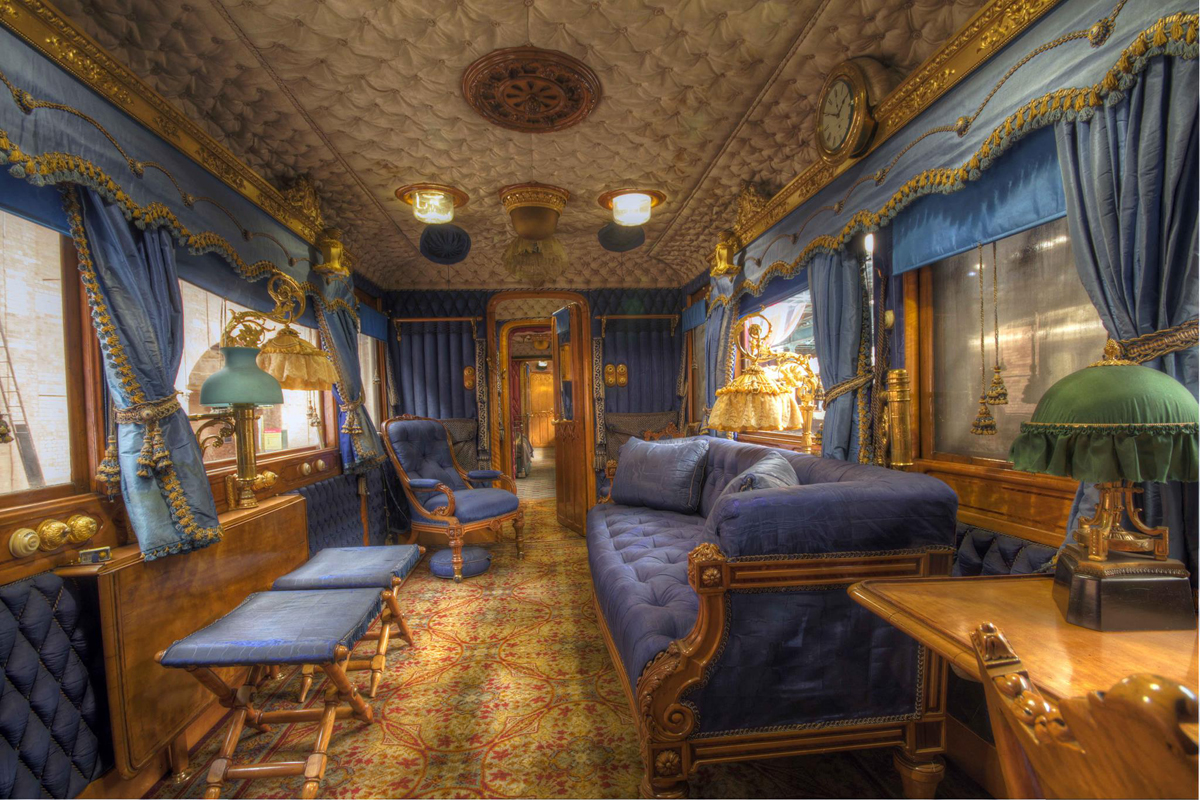“In order to protect customer service and to manage regulatory risk … we had decided to operate this winter with some additional resources in terms of locomotives, rail cars, and train crews,” CEO Jean-Jacques Ruest said on the railway’s earnings call on Monday. “Given the extreme winter conditions that we experienced, that was the right decision.”
CN was hit with twice as many severe temperature-related train length restrictions this winter as last year.
Yet the railway handled record volumes in the first quarter and emerged from winter without the traffic backlogs that occurred in the first quarter of 2018, when CN was short of power, crews, and track capacity on its main line between Edmonton, Alberta, and Winnipeg, Manitoba.
CN spent a record amount last spring, summer, and fall to add 60 miles of double track and seven new or extended passing sidings in Western Canada. It added a section of double track and two passing sidings on the Winnipeg-Chicago corridor and expanded yards in Edmonton, Winnipeg, and throughout Wisconsin.
CN also leased 130 locomotives, received 60 new General Electric units last year plus 63 in the first quarter this year, and stepped up the hiring of train crews in Western Canada.
The investments had a dramatic impact on CN’s ability to operate in the cold and maintain a fluid network despite train-length restrictions that require traffic to move on up to twice as many trains.
Extreme cold forced the railway to suspend nighttime operations when the temperature dipped below minus 40 degrees Fahrenheit.
“To effectively shut down over some of the nights in very dense volume corridors as we did, and recover each day as quick as we did, could only have come about through these investments,” Chief Operating Officer Mike Cory says.
Also a boost to operations: CN tripled its fleet of air-repeater cars that help maintain train length. The boxcars carry air compressors that supply air to the train brake system.
CN has four temperature-related tiers that restrict train lengths to varying degrees for manifest, bulk, and intermodal trains.
Tier 1 covers minus 13 to minus 22 Fahrenheit, and reduces maximum distributed power manifest train length to 10,000 feet from 12,000. Tier 2, in effect from minus 22 to minus 31 Fahrenheit, reduces maximum length to 8,500 feet. And under Tier 3 length is reduced to 7,000 feet when temperatures dip to minus 31 to minus 38 Fahrenheit. Operations stop under Tier 4, at minus 40 Fahrenheit.
Temperatures were normal in January, when 20% of the days were under a Tier 3 or 4 restriction on a portion of the network. But in February, temperatures turned extreme, with 45% of the days were under Tier 3 or 4 restrictions.
Volumes followed suit: They were strong in January, declined in February, and recovered with the arrival of warmer temperatures in March. Volumes are now running at a record pace, Cory says.
CN is storing freight cars, returning leased locomotives, and has furloughed some crews, which is normal in the spring, Ruest says.
CN received 63 new locomotives from General Electric in the first three months of 2019. It is scheduled to receive 52 by the end of June, another 20 units by the end of September, and five in the fourth quarter, bringing its total to 140 new locomotives for the year.















Give them credit for 1) pulling through, and 2) acknowledging Regulatory Risk, even if a handful of the welfare check cashers on the other end of the phone moans a little.
That’s not even counting the wind chill. In my neck of the woods in WI we had -30, wind chill -60. You’re right J Robert, on those days you hunker down if you’re lucky to be retired. Not so lucky for those that have to work outside.
I MEANT TO TYPE -273 C
At minus 40 F, the only thing I would operate is my furnace. That is killer cold. Its not absolute zero where the motion of particles stops
(-273 K ) but this body sure stops. I would not ask anyone to try to work outdoors in “TIER 4 conditions.